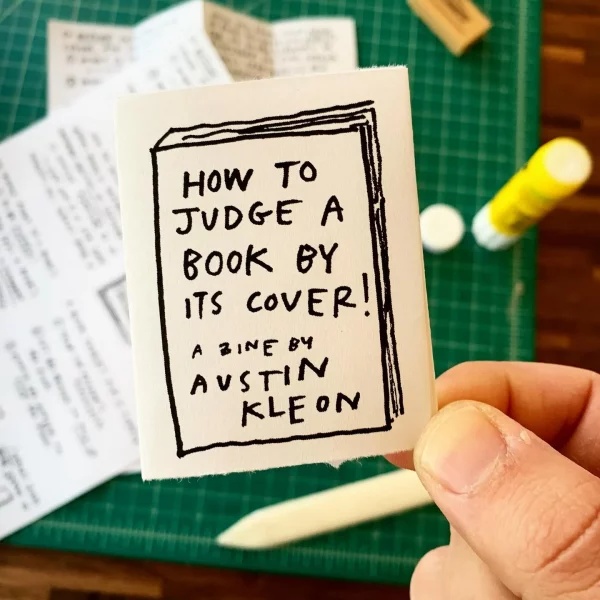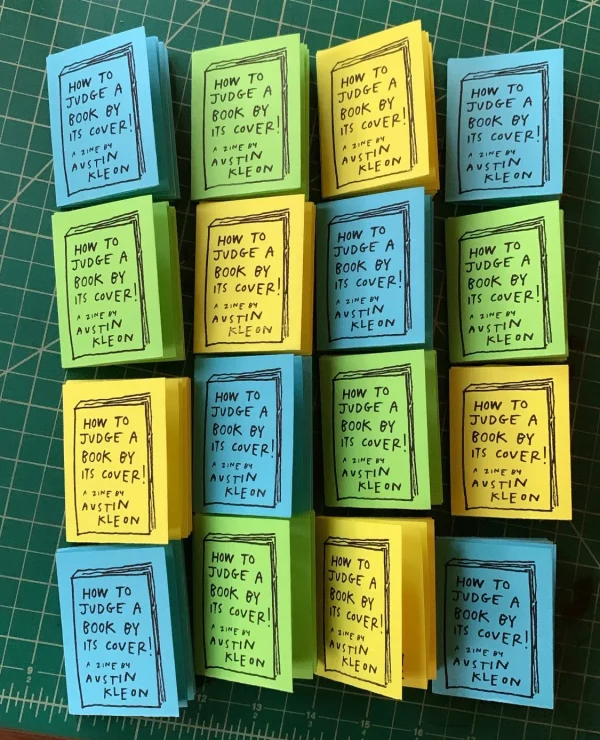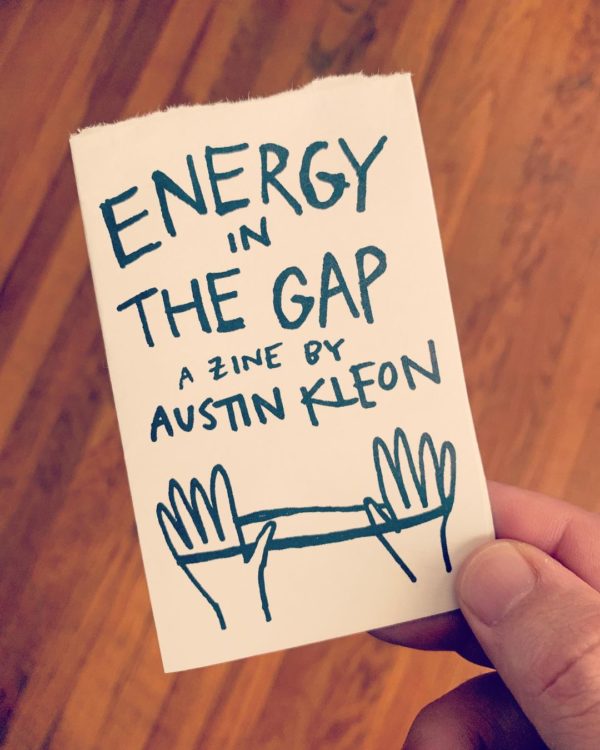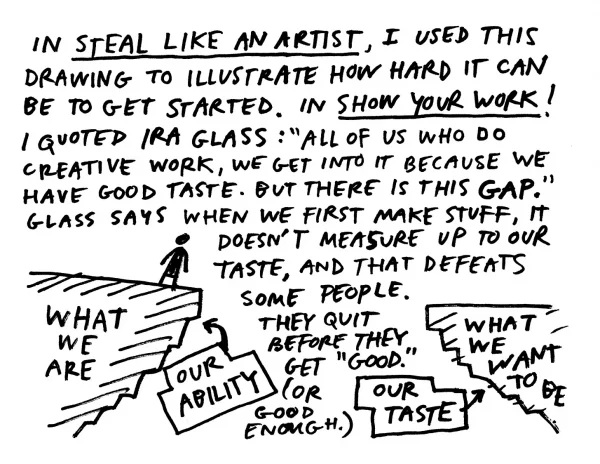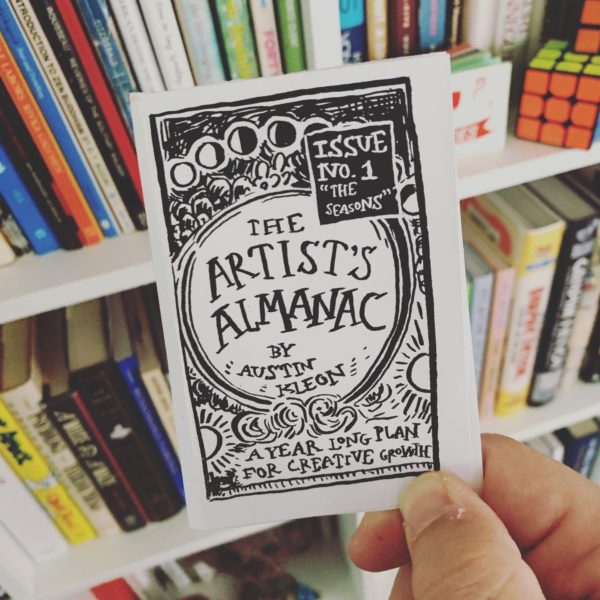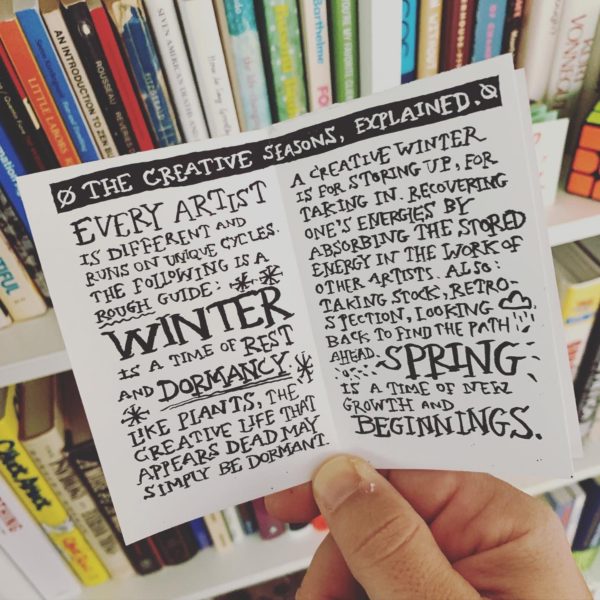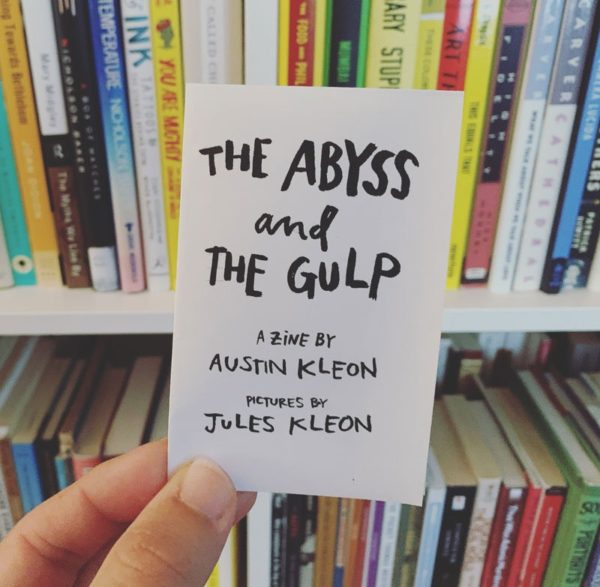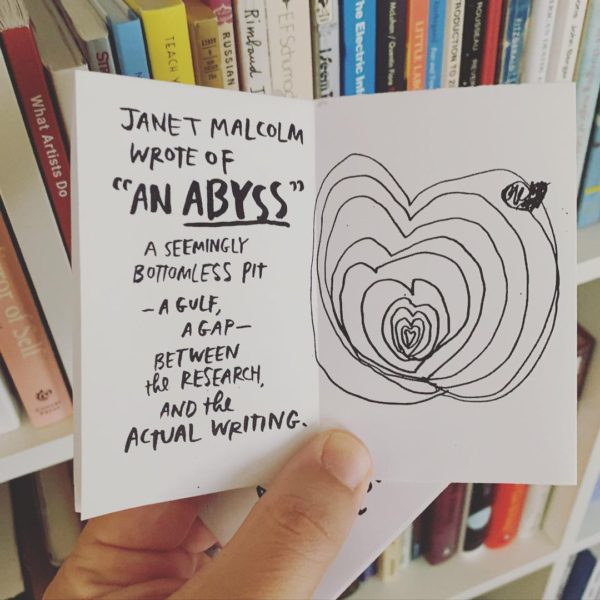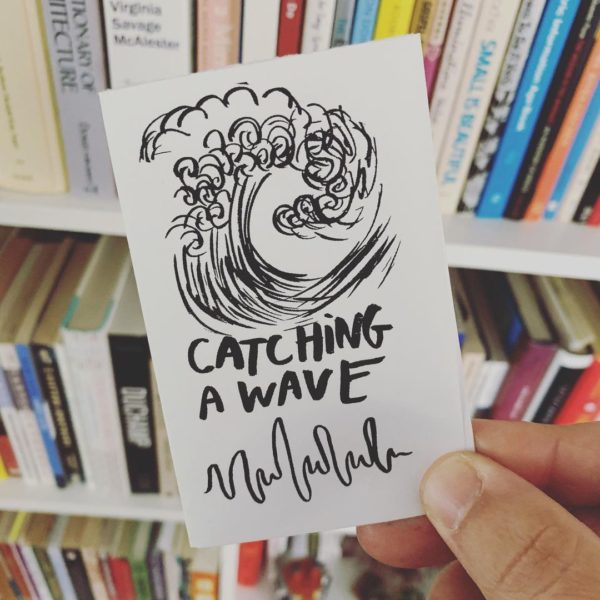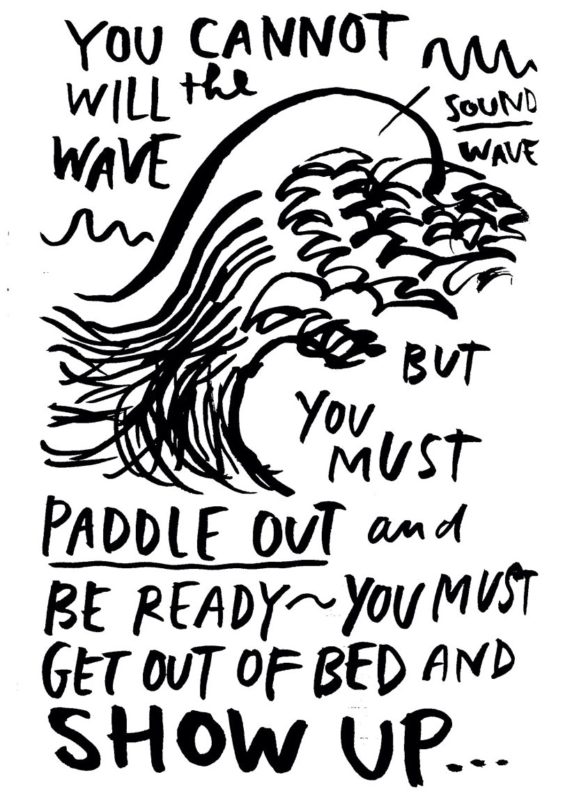My son’s 4th grade teacher asked me to come speak about publishing and book design. To try to show the class that “all publishing is self-publishing” and books are just fancy zines, I spent a good portion of my Saturday making a batch of zines for them:
You can read the whole thing in my newsletter.
